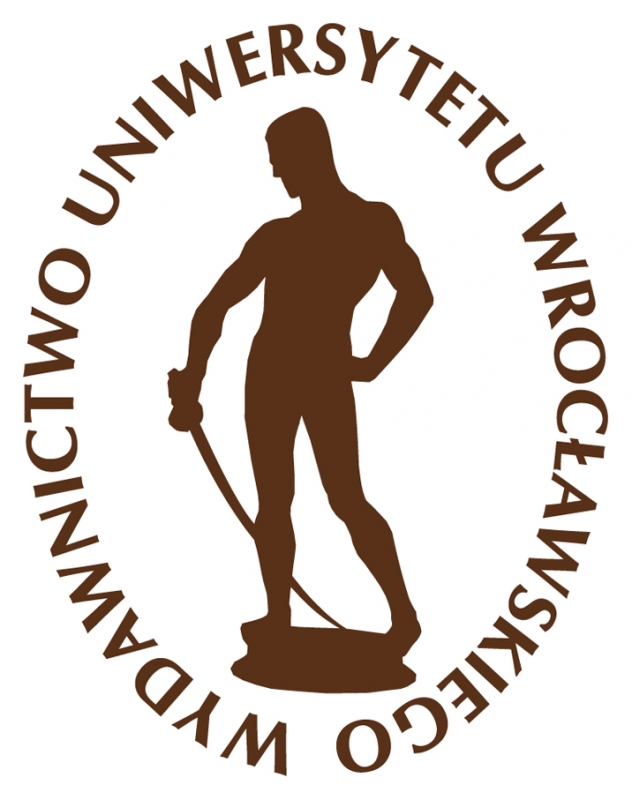

Articles

Podstawy prawne dla powstania papieskich posiadłości we Włoszech III–VI wiek
W artykule zostały zbadane podstawy prawne, warunki i specyfika papieskich posiadłości we Włoszech III–VI w. oraz proces unifikacji papieskiej ojcowizny Patrymoniy St. Peter, które poprzedziły powstanie zjednoczonego państwa papieskiego. Autorzy stwierdzili, że pierwsze własności ziemskie papieże zaczęli nabywać i rozwijać kilka wieków przed utworzeniem własnego państwa na podstawie aktów prawnych cesarzy rzymskich, którzy stopniowo wprowadzali uznanie wolności wyznania chrześcijańskiego, a tym samym zapewniali chrześcijanom i ich społeczności status legalności z jednoczesnym rozszerzeniem praw duchownych kleru. W ten sposób Kościół otrzymał prawo do własności ziemi oraz uznanie politycznej władzy papieży rzymskich na przynależnych im terytoriach.
Nabycie i późniejsza ekspansja papieskiej własności ziemi przyczyniały się do ograniczenia prześladowania chrześcijan w Imperium Rzymskim, co zostało po raz pierwszy zapisane w edykcie Galiena z 260 r. Ustanowił on politykę religijnej tolerancji dla chrześcijan i po raz pierwszy zabezpieczył prawa własności Kościoła, np. własności gruntów. Przywrócił też za pośrednictwem biskupów wszystkie skonfiskowane Kościołowi dobra, przede wszystkim kimitriyi, tj. grobowce, które były miejscami sprawowania bożeństw.
Autorzy artykułu dokonali również analizy edyktu tolerancyjnego Galeriusza, który ustanawiał wolność religijną chrześcijan, zezwalał na sprawowanie obrządków chrześcijańskich pod warunkiem, że chrześcijanie będą modlić się za pomyślność państwa i cesarza. We wskazanym akcie prawnym nie chodziło jednak o przywrócenie czy zagwarantowanie nietykalności majątku chrześcijan, ale w ogóle o ich prawo do własności.
Proces nadania Kościołowi prawa własności ziem, które stopniowo łączyły się w papieską własność, scharakteryzowany został na podstawie edyktu mediolańskiego z 313 r., konstytucji Konstantyna z 321 r. i kodeksu teodozjańskiego.
Edykt mediolański nadał chrześcijaństwu prawo do legalnego istnienia w Imperium Rzymskim. Dał też początek oficjalnemu uznaniu kościoła chrześcijańskiego jako podmiotu prawnego, równoprawnego z innymi kościołami i umocował jego pozycję prawną. Oprócz tego wskazany edykt regulował majątkowe i społeczne prawa chrześcijan jako wspólnoty i wierzących oraz przewidywał przywrócenie chrześcijanom skonfiskowanej w okresie prześladowań własności. Konstytucja Konstantyna dała kościołowi prawo wykupu nieruchomości i zarządzania nimi oraz umożliwiała wiernym przekazanie własnego majątku na rzecz kościołą, co przyczyniło się do zwiększenia własności papskich.
Księga XVI kodeksu teodozjańskiego uznaje konstytucje cesarzy, które sankcjonują istniejący stan kościoła chrześcijańskiego, wskazując w szczególności na prawa majątkowe innych wyznań, które mogły być ograniczne i pozbawiane własności na rzecz kościoła chrześcijańskiego. Konstytucje z 407 r., 412 r. i 426r.. Kodeks z 434 r. przewidywał, że majątek zmarłych kapłanów lub kanoników, którzy nie pozostawili testamentu oraz bezpośrednich spadkobierców, przechodził na korzyść kościoła.
Legal basis for appearance of papal possessions in Italy III–VI centuries
The article examines the legal grounds, preconditions and peculiarities of the formation of papal possessions in Italy in the III–VI centuries and the process of joining them into the Pontifical fiefdom Patrimony of St. Peter, which preceded the founding of the Pontifical State. The authors found that the first land tenure of the popes began to acquire and expand a few centuries before the establishment of its own state on the basis of the legal acts of the Roman emperors who gradually introduced the recognition of the freedom of Christian faith, and thus gave the Christians and their communities a legitimate status and extended the rights of Christian clerics clergy, in particular, granted the Church the right to land tenure and affirmed the recognition of the political power of the Roman popes in their territories.
The authors analyzed that the acquisition and further expansion of the papal landowners contributed to the suppression of persecution of Christians by the Roman Empire, which was first laid down in the Edict of Halliyen in 260, which established a policy of tolerance towards Christians and for the first time secured the property rights, namely landrights, of the Church – decided to return her in the person of her predecessors – the bishops all the confiscated lands, first of all the Cummitries tombs, which were places for the service of worship.
The authors reviewed the Nicomedia Edict by Galleriy in 311, which stopped any persecution of Christians, legalized Christianity and permitted to conduct the ceremonies, provided that Christians would pray for the welfare of the state and the emperor. However, it did not address the return or inviolability of the property of Christians and, in general, their property rights, including landrights.
The process of granting the Church the right to land tenure, which was gradually united in the Pontifical fiefdom, is characterized by the Edict of Milan in 313, the Constitution of Constantine of 321, the Code of Theodosius.
The Milan edict of 313 gave Christianity the right to legal existence in the Roman Empire, initiated the official recognition of the Christian Church as a legal entity equal to other religious organizations and the consolidation of its legal status. In addition, the Milan edict regulated the personal and communal property and other social rights of Christians, and envisaged the free returning to Christians not only the places of worship, but also all confiscated by them property during the last prosecution of property.
The Constitution of Constantine in 321 gave the churches the right to buy and to own immovable property, and to all the subjects to bequeath their property in favor of the church, which became the main impetus for the expansion of the papal possessions.
The XVI Book of the Code of Theodosius «On Universal or Catholic Church» includes the constitutions of emperors, which consolidate the dominant position of the Christian church, including, in particular, provisions on the restriction of heretics in their property rights, and even the deprivation of heretics of their landholdings in favor of the Catholic Church Constitution of 407, 412 and 426. As well the Law of 434, included in the Code, fixed that the property of clerics or monks who died without leaving a testament and direct heirs was as well transferred in favor of the church.